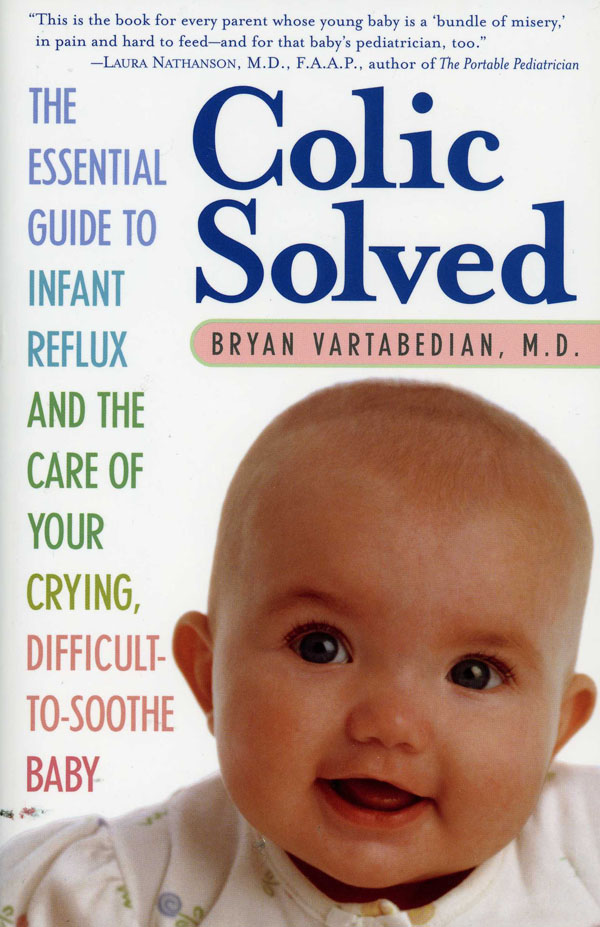March 3rd, 2011 by Linda Burke-Galloway, M.D. in Better Health Network, Health Tips
No Comments »

 Having a baby can be a beautiful thing until something goes wrong. The tragedy is that many high-risk conditions can be managed appropriately if the patient is cooperative and the healthcare provider is competent and well trained. Unfortunately, almost 600 pregnant women die in the U.S. each year from complications and the most common complication is significant blood loss after birth or postpartum hemorrhage (PPH).
Having a baby can be a beautiful thing until something goes wrong. The tragedy is that many high-risk conditions can be managed appropriately if the patient is cooperative and the healthcare provider is competent and well trained. Unfortunately, almost 600 pregnant women die in the U.S. each year from complications and the most common complication is significant blood loss after birth or postpartum hemorrhage (PPH).
PPH occurs when there is a blood loss of 500 cc or greater for a vaginal delivery and 1,000 cc after a cesarean section (C-section). Or, if you were admitted with a hemoglobin of 12 and it drops by ten points to 11, there should be a high index of suspicion for PPH as well. Therefore, if you feel lightheaded or dizzy, have palpitations or an increased heart rate after delivering a baby, inform the hospital staff immediately.
The most common cause of PPH is uterine atony or lack of contractions after the baby is delivered. Any pregnant condition that stretches the uterus significantly — such as having twins or a higher gestation, excess amniotic fluid (aka polyhydramnios), a prolonged induction of labor (greater than 24 hours) — increases the risk of PPH. Retained products of conception, such as the placenta, also places the patient at risk for developing PPH.
Other risk factors for PPH include:
- Women with a known placenta previa
- African-American women
- Hypertension or preeclampsia
- Mothers with infants weighing greater than 8.8 pounds (or 4,000 grams)
- Mothers with greater than seven children
- Women with a history of hemophilia
If you have any of the risk factors listed above, please be proactive and discuss the possibility of a PPH with your healthcare provider. Read more »
*This blog post was originally published at Dr. Linda Burke-Galloway*
June 21st, 2009 by Dr. Val Jones in Book Reviews
No Comments »
 Have you ever been seated next to a screaming infant in an airplane? If so, you know that even short flights can feel like an eternity. But the question is: why is the baby so miserable? Is there something that can be done to ease their discomfort?
Have you ever been seated next to a screaming infant in an airplane? If so, you know that even short flights can feel like an eternity. But the question is: why is the baby so miserable? Is there something that can be done to ease their discomfort?
According to pediatric gastroenterologist Dr. Bryan Vartabedian, the answer is a resounding “Yes!” In his new book, Colic Solved Dr. Vartabedian (or “Doctor_V” as he is known on Twitter) describes why unexplained fussiness may often be caused by gastroesophageal reflux disease. Doctor V explains that “colic” is an old-fashioned term to describe the behavior of uncomfortable babies. Colic is not a medical diagnosis anymore than “crying” is… and fortunately the underlying cause of “colic” has been discovered so that it can also be treated.
I met Doctor V at a conference in Albuquerque, New Mexico a couple of months ago. Before our introduction I had no idea that he spent all of his clinical time examining and treating screaming babies – but once that fact was revealed, I understood immediately that he was the right guy for the job. Doctor V is a tolerant, affable man with a tremendous sense of humor and a voice made for radio. He is not easily flustered and has a genuine curiosity about others and their life stories. In fact, there’s something soothing about Doctor V – something that makes you feel that everything’s going to be ok.
And so it’s no surprise that Colic Solved is a written expression of Doctor V’s winsome personality. Every chapter is filled with empathy and reassurance, yet with a clear path forward for teasing out the real cause of a baby’s misery. In most cases, “colic” is actually caused by milk protein allergy or infant reflux (a painful burning sensation caused by regurgitating stomach acid). Doctor V carefully explains how to tell the difference, and what to do about it. Interspersed are amusing vignettes called “Tales From The Crib” in which parents with difficult-to-soothe babies navigate their way towards a resolution.
But best of all, Doctor V does not hesitate to do some good old fashioned myth-busting when it comes to exaggerated claims not based on scientific evidence. Infant formula makers, baby bottle makers, and baby product manufacturers are notorious enablers of magical thinking – moms and dads purchase all kinds of products in a desperate attempt to soothe their babies. Unfortunately, most of these solutions do not treat the root cause of the problem – though businesses thrive on colic cures for desperate parents.
Here’s an excerpt of Doctor V’s exposé of a common soy formula myth (p. 117):
Soy Formula – Do You Feel Lucky?
One of the first impulses for parents with a screaming baby is to reach for soy formula. It sounds all natural and easy to digest. But the role of soy formula in the milk-allergic baby is very misunderstood…
The real problem with soy formula comes with the belief that it’s a reasonable cure for the allergic baby. But up to 50% of babies who are allergic to cow’s milk will react to soy protein in a similar way, so if you or your pediatrician chooses to treat your allergic baby with soy formula, you should consider it a gamble…
Colic Solved is a gem of a book. It’s witty, wise, and well written – a must-read for any parent of a chronically fussy baby. I also think that pediatricians and family physicians should strongly consider prescribing this book to parents of unhappy infants. There’s probably no better way to solve colic once and for all.
June 1st, 2009 by Medgadget in Better Health Network
No Comments »


Kidnapping Evacuating babies doesn’t seem hard in theory, but imagine you are a lone nurse working in the newborn nursery when that code red goes off. Now, most likely you wouldn’t do much considering code reds go off if you so much as wink in a fire alarm’s direction. But, if you really need to get Costco amount of babies out of the building, then BabyScatt seems like a reasonable option.
From the website:
The BabyScatt is designed to Evacuate 6 babies at one time.
This cocoon like evacuation device has bumper bars on all sides to protect in case of falling debris or possible obstructions in the pathway. After reaching a place of refuge the BabyScatt continues to protect and provide a safe place for the babies to rest in the individual pockets.
Check out the product page here…
(Hat Tip: Gizmodo)

*This blog post was originally published at Medgadget*
Having a baby can be a beautiful thing until something goes wrong. The tragedy is that many high-risk conditions can be managed appropriately if the patient is cooperative and the healthcare provider is competent and well trained. Unfortunately, almost 600 pregnant women die in the U.S. each year from complications and the most common complication is significant blood loss after birth or postpartum hemorrhage (PPH).














